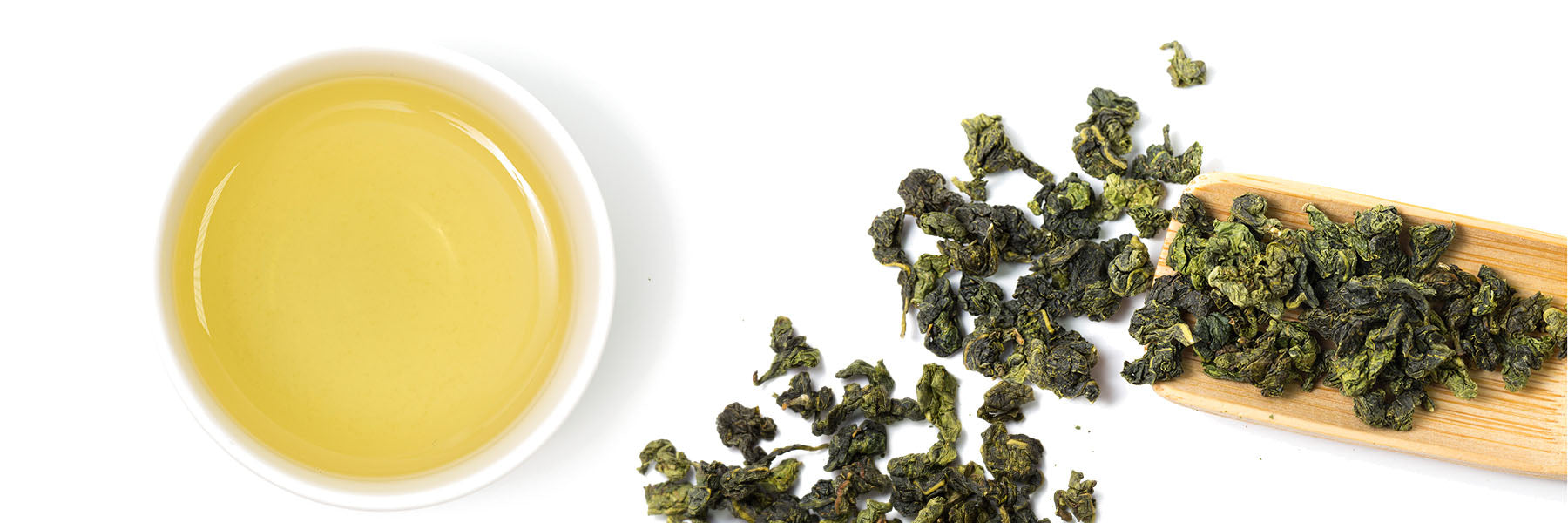Pu erh Tea Nuggets - Lao Cha Tou

Lao Cha Tou sounds very strange to the most of pu erh tea beginners. "Lao Cha Tou" meaning tea lumps or tea nuggets in Chinese, was previously a discarded product from the process of pile fermentation of ripe pu erh tea.
Where is Lao Cha Tou coming from?
We will be using tea nuggets for Lao Cha Tou in the rest of this post.
In spite of uncommon of tea nuggets, they are still favored by most advanced pu erh tea lovers, because people understand that good quality tea nuggets are better than other pu erh teas in quality and cost much cheaper than other pu erh teas. That because during the pile fermentation, any possibly conglutinated tea leaves should have richer contents in pectin and sugar, yet the stronger and tenderer tea leaves normally have the richer contents of pectin and sugar. Furthermore, tea nuggets have a special flavor that compressed pu erh teas do not have. The sweet taste of tea nuggets is so fabulous. Tea from tea nuggets becomes stronger and thicker after each brewing. It could last about 30 times.
Tea nuggets are small tea-leaf lumps picked from discarded products resulted from the fermentation process of ripe pu erh tea. Tea nuggets in normal fermentation range have relatively richer contents compared to loosen form pu erh tea, in other words, nuggets tea is stronger and thicker. They are long-lasting for brewing. Tea nuggets are hard to get separated even they are being steeped to last.
Ripe pu erh teas are being manually water sprayed for pile fermentation. During the fermentation process, the temperature of the tea pile starts to increase that causing fermentation through enzymes contained in tea leaves themselves. That is how ripe pu erh teas are converted from the very beginning. Also, the tea pile has to be manually flipped again and again in a short period of time to even out the temperature in case to avoid overheated from the center. After repeated and continuous flips during fermentation, the tea leaves will secrete pectin, which has a sticky property that conglutinates some tea leaves into small lumps.
When the pile fermentation process is done, these small lumps will be loosened by staff bare hands one by one and placed back to the tea pile. Some of these small lumps are indeed conglutinated very tightly. Constrainedly loosen these small lumps will tear up and lose the value of these tea leaves. So, these small lumps are placed separately from tea pile, and individually become nuggets tea later. Tea nuggets were not offering for sale on the market at the beginning years.
Most nuggets teas have aged aroma in mahogany color, with partial rich taste, smooth and sticky mouthfeel, and sweet ending. The brewed tea leaves look in dark brown with a feel of lively texture.
How to estimate the quality of tea nuggets?
When it comes to choosing tea nuggets, the more loosened nuggets would be considered as better quality. The hardened tea nuggets felt like small rocks can always be ignored because they are hard to be brewed thoroughly. The profile of tea nuggets has to be clear, identical and clean. Although tea nuggets initially were discarded products, it does not indicate that tea nuggets are junk. Well-Stored tea nuggets could be excellent in quality.
Aged Tea nuggets can barely be scattered even after numerous steeping, but the tea strips and evidence of fermentation can be obviously seen and noticed. Any muddy sign is an indication of the impropriety of the quality that we should never recommend it.
How to properly prepare tea nuggets?
Tea nuggets may last about 30 steeps, is a really amazing tea that other teas cannot compete with. It is called tea nuggets because of nugget shapes of tea. Tea nuggets can be manually broken into smaller portions before steep. The only cons of doing this is it will damage tea leaves making too many fannings. Or tea nuggets can be steep directly after a rinse without breaking them. Bold aged tea nuggets are suggested to be rinsed once. And new tea nuggets are suggested to be rinsed twice or extend double rinsing time. Each steeping time takes about 20 to 30 seconds according to the condition of the hardness of tea nuggets. It is recommended to steep with hot boiling water in any type of gaiwan or teapot. Tea is relatively light at the beginning, but it gets stronger and richer after every steep. The steeping time can be controlled upon personal preference, and it is suggested to shorten steeping when tea gets stronger afterward.
Three steeping tips to enjoy the richness, smoothness, and sweetness of tea nuggets.
There are a few ways to prepare tea nuggets:
- Gaiwan
- Braising Steep
- Cook Steep











